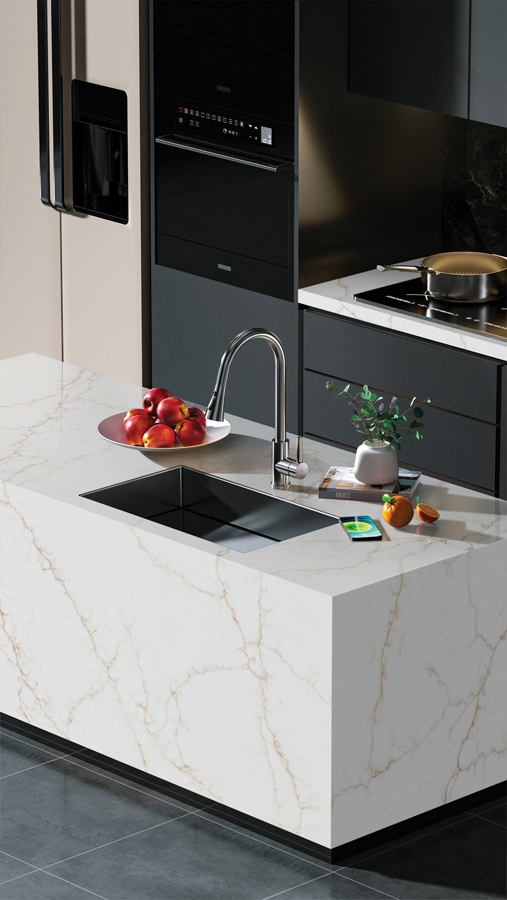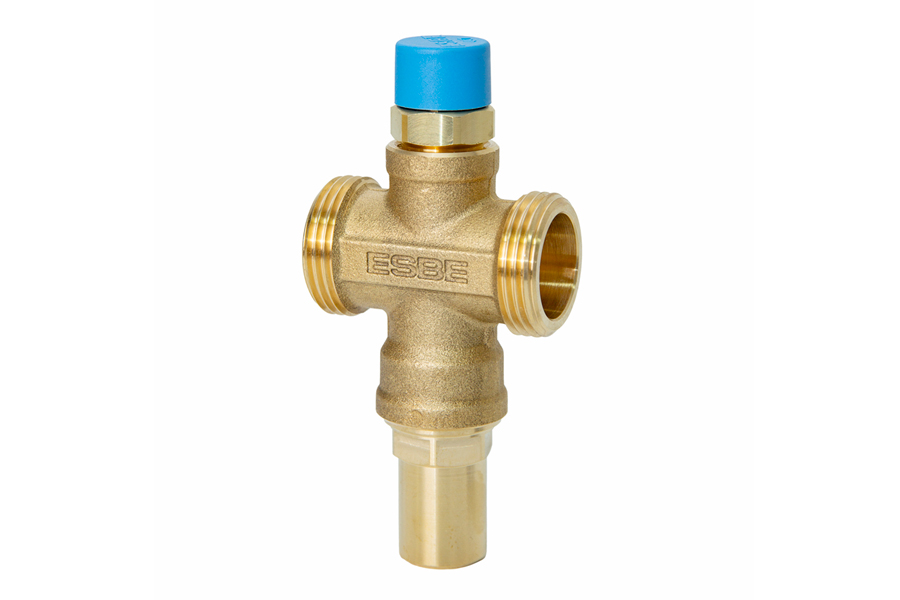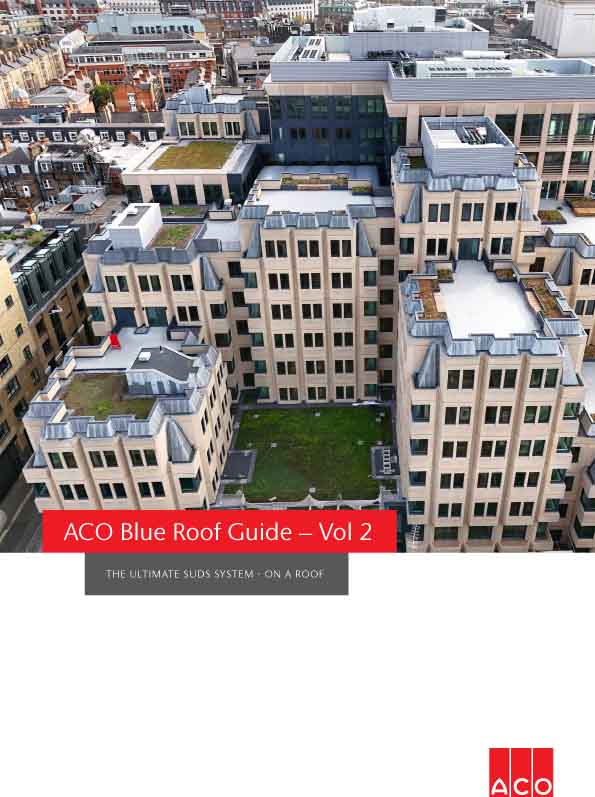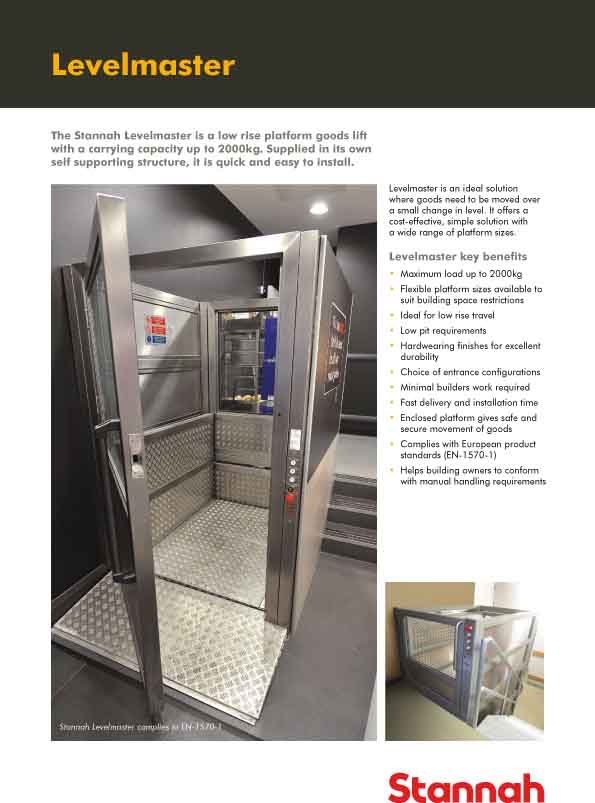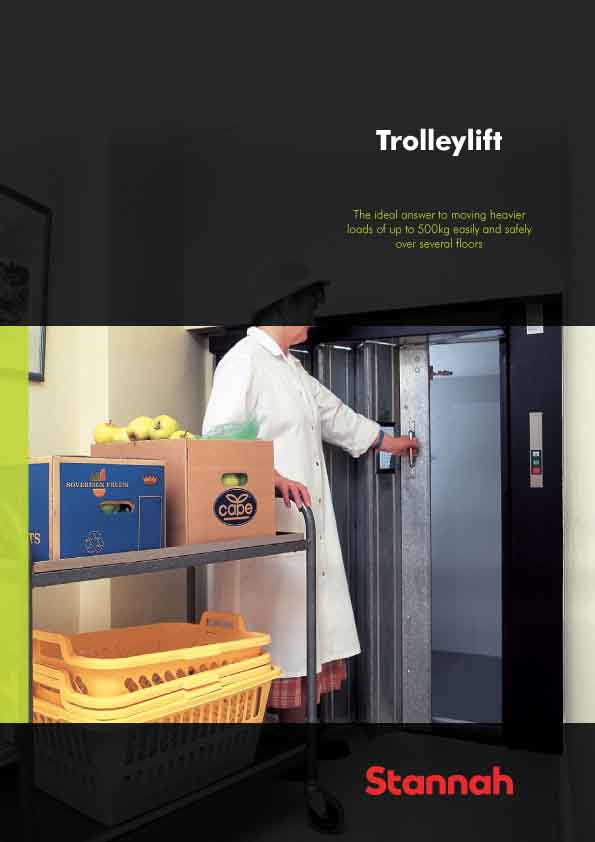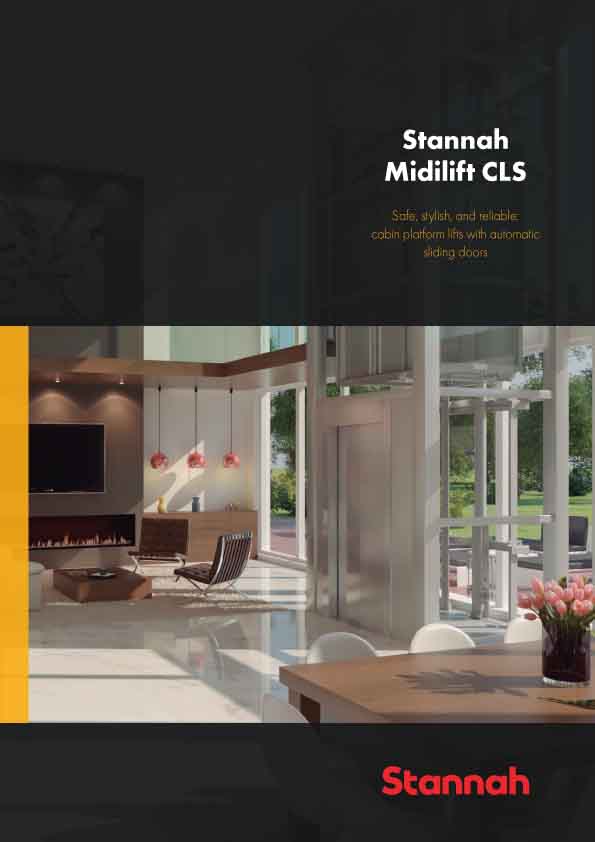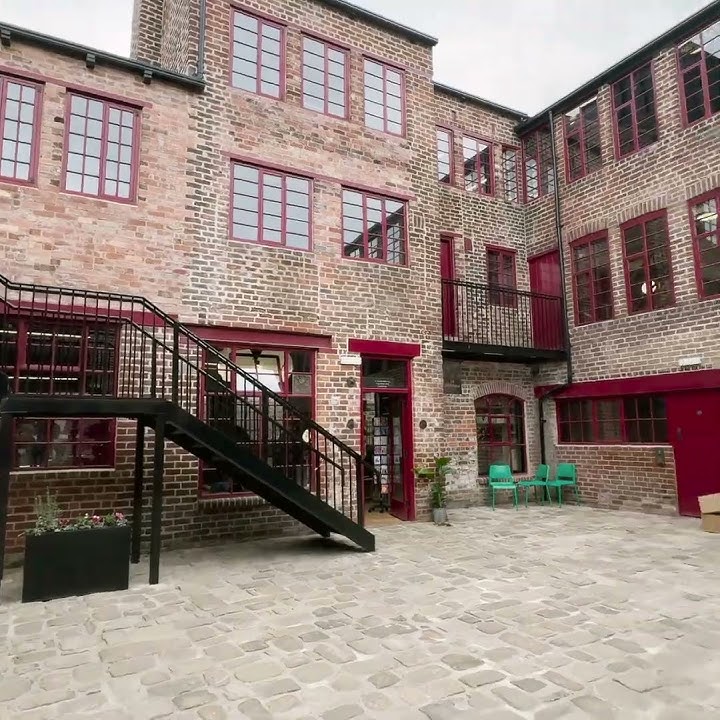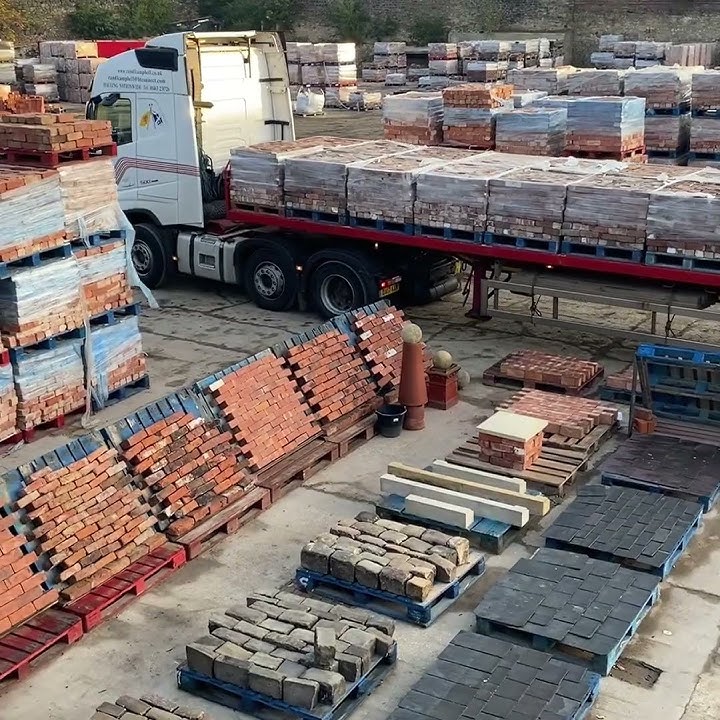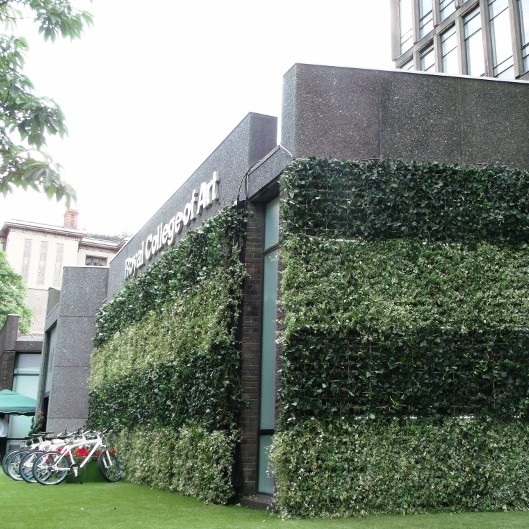
Mobilane is embarking on a pioneering partnership with academics from Staffordshire University which will help both existing and potential customers better understand how well-managed green planted spaces can enhance wellbeing and solve social and environmental problems.
From improving mental health and reducing crime to improving air quality, the issues that the installation of a well-designed green space can resolve are diverse. In order to put these benefits on a more scientific footing, Mobilane and Staffordshire University are asking clients – whether from the private or public sector – to come up with suggestions of what areas they would like investigating. Scientists from the university will then work with the client and Mobilane to research the precise benefits that an intelligently designed green space can yield in a particular area, for example building insulation, employee attendance rates or an improvement in general human well-being.
Clients will then have scientific data that will enable them to fully grasp the problems that green spaces can help them solve.
Research by Staffordshire University is already under way. Scientists are conducting a study which is investigating how successfully carefully designed green spaces influence biodiversity, improve building insulation and capture microscopic pollutants, thereby improving air quality and human health.
Mobilane has developed a partnership with the university after director Sean Farrell held discussions with academics from its Faculty of Sciences and was impressed by the independent rigour they would bring to the research.
Sean Farrell comments: “The problems that smartly designed and well-managed green spaces can solve are diverse, from improving respiratory health to reducing instances of domestic violence. Some research has already been done into these areas, but we are keen to work with industry and the public sector to help further clarify and quantify these benefits.
“Intelligently designed green spaces have a multitude of benefits, but scrutinising them in this way will give a clearer, deeper understanding of precisely what those benefits are. This research will provide clients – as well as architects, designers and specifiers – with firm evidence of the wide-ranging improvements they can enjoy through the introduction of a high-quality green space into a development.
“We have wanted to be involved in research into the credentials of well-managed green spaces for some time and when we heard of the academic work being done at Staffordshire University we were keen to find out more and get involved.”
The current research being done at Staffordshire University will provide more information on how pollutants known as PM10s – particulate matter that is less than 10 microns in diameter – are absorbed by plants. The reduction of PM10 levels is a focus of policy for the Department for Transport and the Department for Environment, Food and Rural Affairs.
The three-year research study, which is in its final year, is being carried out by PhD student Caroline Chiquet under the supervision of Professor John W. Dover and Dr Paul Mitchell. Caroline Chiquet said: “Green walls have the potential to deliver cost-effective solutions to many urban environmental problems, including climate change adaptation/mitigation. The environmental benefits of green walls potentially include: visual amenity, human health, food production, biodiversity, reduction of light and noise pollution, climate amelioration, reducing storm-water flows and acting as building insulation and shade.
“As green wall technology is still developing there is a pressing need for detailed research into the ecosystem services that such systems deliver. Although the current project will be coming to a close next year, funding to continue the work has already been secured.”
A variety of sophisticated scientific techniques and instruments are being used to understand the nature of a green space’s interaction with particulate matter, including an environmental scanning electron microscope, which is used to establish the size of particles that are trapped by plants. Once complete, the research is due to be published in a number of international peer-reviewed journals.
Through an on-going partnership with the university, Mobilane will bring similar scientific rigour to research into the other benefits of carefully planned and maintained green spaces.








